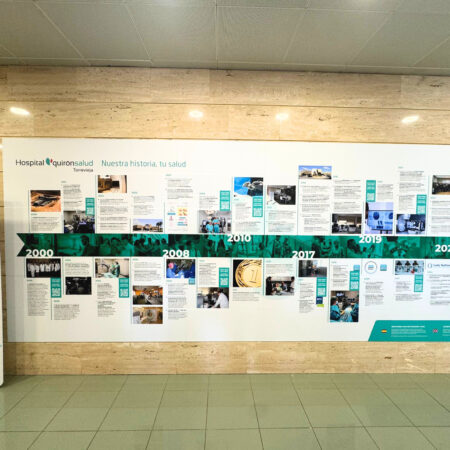Have you seen a product that interests you at a very discounted price? Pay attention, because this discount may not be quite what it seems, as the OCU consumer association points out, who once again are monitoring prices in the Black Friday campaign, and so far, they have verified that the majority of offers and not only fake, in reality, on average, prices are now 3% more expensive.
Looking at the offers advertised by online stores, you may be tempted to buy some products that offer substantial savings, but the problem is that the price reduction is not being calculated based on the correct price.
The law establishes that, in offers, sales and promotions, the cheapest price in the last 30 days must be used as a reference price, but the research for this year reveals that in practice this is not respected: in fact, discounts are announced means that exceed 20%, but in reality they mask increases of 3%.
Black Friday is increasingly extending for longer periods of time. It started out as one day, then a long weekend, and now, increasingly, promotions take up entire weeks. You can even talk about the entire month of November: in the middle of the week of the famous Black Friday, many online stores announce promotions and cheap prices on their products, often comparing them with the previous ones… but those who think that those prices have to do with a price that the product had on that website at some point in the last 30 days, are wrong.
At the beginning of the Black Friday week, OCU collected more than 18,000 product prices on different websites, of products whose evolution they had been able to follow in the previous 30 days. At that point, none are cheaper than the previous 30-day low. And, in more than a third of cases, the product could have been purchased cheaper previously.
In about 5,500 cases they were also able to collect a price that the website showed as a “reference” (prices crossed out, and sometimes indicating the percentage or amount of money that you would now save on it), implying that the discount is applied to it. Astoundingly, in the research for this year, they have verified that in 99% of cases the “previous” price indicated is not the lowest in the last 30 days: in almost all cases these prices are inflated with respect to reality, which obviously affects the savings they announce and the real average savings.
OCU denounce that 99% of the discounts are not real, because in online stores the discount is calculated based on the previous price that best suits them (which could even be the recommended price, which was also rarely applied), not from the cheapest price in the last 30 days, thus violating current regulations. Thus, the average announced savings would be 23%, but the reality is that the price collected on November 20 compared to the minimum of the last 30 days reveals that the prices of the products are, on average, a 3% more expensive.
In short, at the beginning of Black Week, few sales, and prices that are somewhat more expensive than at some point last month.
Amongst the worst offenders are Electrocosto, 5% more expensive, and Media Markt, 3% more expensive, whereas on the positive end of the scale, Soytuhogar offer a 14% saving, and Balay, with 10% discount. As for the biggest online retailer, Amazon, the average saving is 9%, which does indicate a saving, though considerably lower than the figure they publicise.
The post Black Friday deals increasingly not what they seem appeared first on Spain Today – Breaking Spanish News, Sport, and Information.











